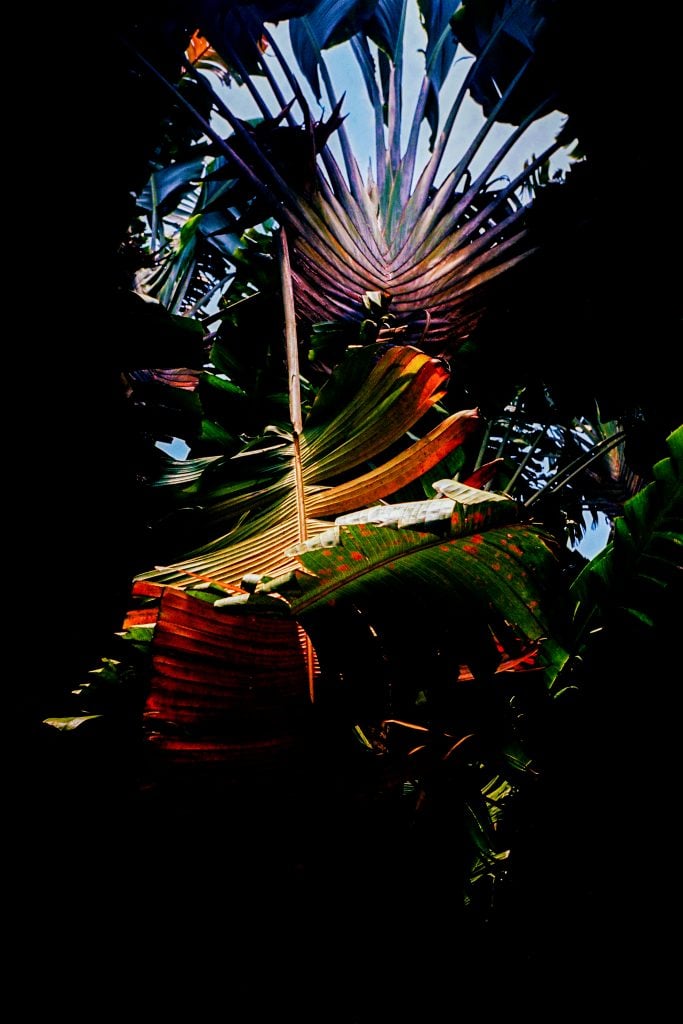Art & Exhibitions
Björk Has Created a Haunting A.I. Sound Installation for the Centre Pompidou
"Nature Manifesto" includes the sounds of extinct and endangered animals.

"Nature Manifesto" includes the sounds of extinct and endangered animals.

Richard Whiddington

A common and somewhat worn-out refrain from the world of political art is that an artist gives voice to the voiceless. But in the latest work from Icelandic musician and artist Björk, it’s quite literally the case.
Together with editor and photographer Aleph Molinari, Björk has created an immersive sound installation for the Centre Pompidou in Paris that uses A.I. software to produce the calls of endangered and extinct animals.
Coinciding with the latest U.N. Climate Change Conference, Nature Manifesto (2024) will play on a continuous loop as visitors ride the exterior escalators at the Parisian museum from November 20 through December 9. Björk has written and composed the music for the three minutes and 40-second-long piece with Aleph collaborating on the words and the original concept.
The duo’s manifesto reminds the listener of the state of the climate as well as the natural world’s innate ability to adapt and find new solutions. “It is an emergency,” Björk said in a video via her social media accounts on November 12. “Biology will reassemble in new ways… the web of life will unfold into a world of new solutions.”
Accompanying the recording of Björk reading the manifesto are the sounds of high-pitched wails, sudden pops, deep coos, squeaks, and chirps—sounds that are disconcerting because we know they are the impossible communications of animals we will never see. Björk and Aleph created these in collaboration with IRCAM, the French sound institute, which calls the work a combination of Björk’s voice and the cries of extinct animals all “harmonized with natural soundscapes.”
“We wanted to share their presence in an architecture representing the industrial age, far away from nature,” Björk wrote in a statement announcing the project. “We wanted to remind citizens of the raw vitality of endangered creatures. Even though you are restlessly traveling between floors whilst listening to this sound piece, the tone of animals’ voices hopefully builds a sonic bridge towards the listeners.”

Art for Biodiversity Forum at Centre Pompidou by Marguerite Bornhauser. Photo: © Marguerite Bornhauser, courtesy of the Centre Pompidou.
The sound installation is part of “Biodiversity: What Culture for What Future?” a four-day forum that the Centre Pompidou is hosting from November 20 to 24. The event sees the museum partner with French Office for Biodiversity to address climate question through a series of panel discussions, installations, and performances. Among the names involved are Anohni, the songwriter and visual artist, and Cyril Dion, a French filmmaker and environmental activist.
“If museums are schools of attention, we believe that this attention can raise awareness of the crisis facing species and ecosystems today,” Mathieu Potte-Bonneville, the museum’s director of culture and creation, said in a statement.
Björk has long used her position of influence to highlight environmental causes. In 2008, she released “Náttúra” with Thom Yorke to promote the protection of the Icelandic environment, a move she replicated with last year’s duet with Rosalía, “Oral.” Most recently, Björk has announced the release of Cornucopia, a film that shows the singer’s climate activism on her most recent tour.